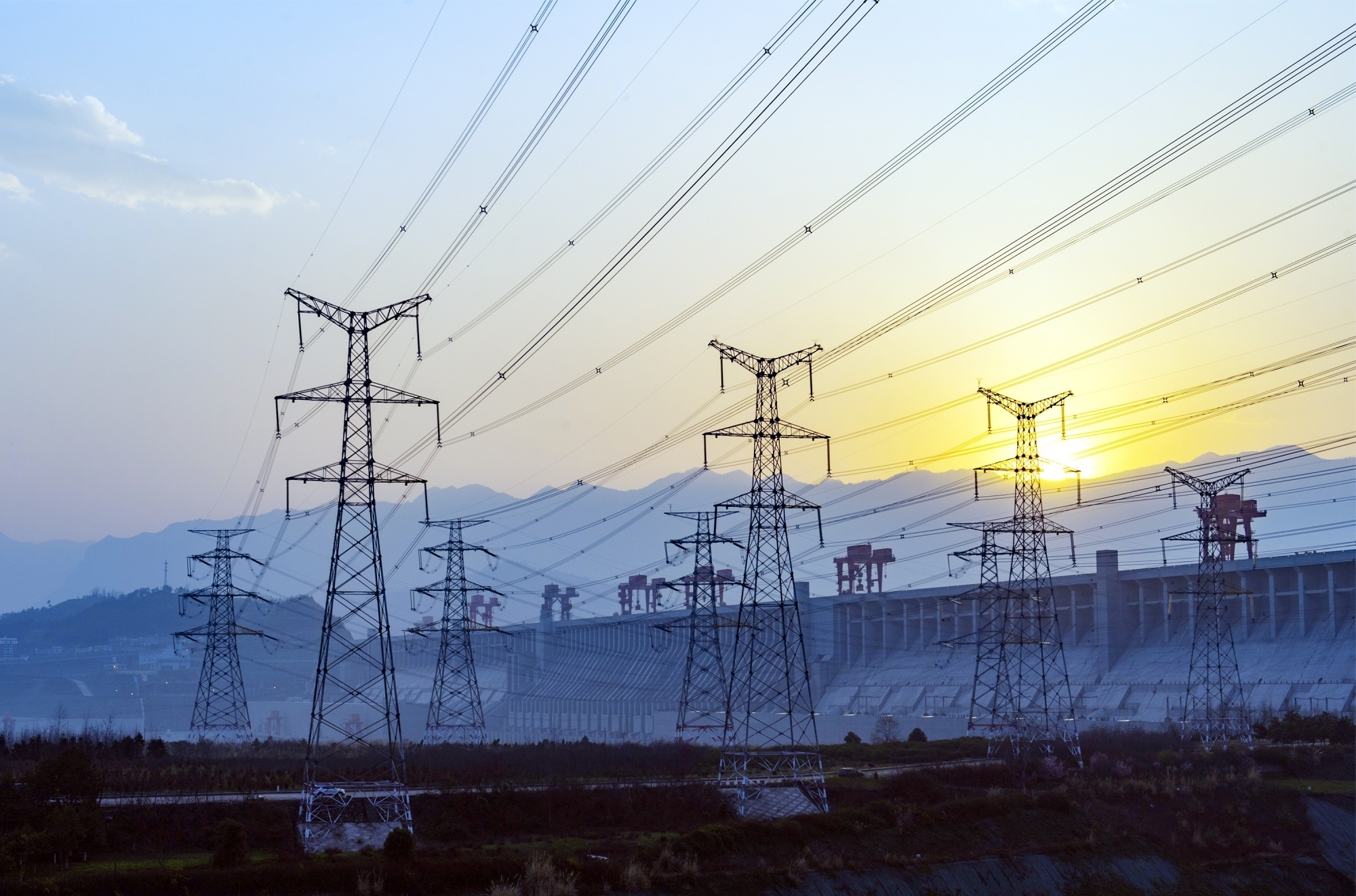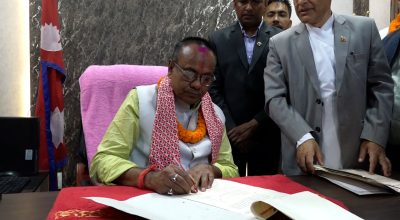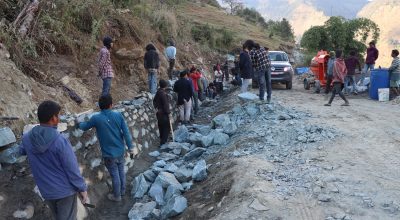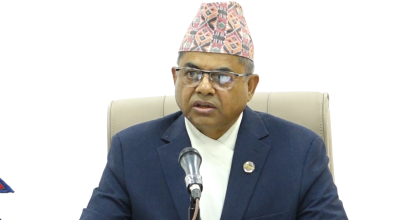
Ramesh Lamsal
Kathmandu: Nepal last month organised a Green Hydrogen Summit that aimed to explore alternative sources of energy.
The event was organised on the initiation of Non-Resident Nepali Association (NRNA) former President Shesh Ghale.
Now the world is marred by skyrocketing prices of petroleum products mainly after because of the war conflict between Russia Ukraine and its impacts are ubiquitous.
Nepal is also not untouched by the ripple of the increasing prices of petroleum products. Alternative sources of energy are being explored across the world.
Amidst this search, the talk about green hydrogen has been in the topic while some nations have already started its production. Back to home, the Nepal Electricity Authority, Nepal Oil Corporation and the Kathmandu University are collaborating to explore its potentialities.
The University has already established a lab to work about the possibility of green hydrogen generation in the country.
The use of fossil fuels which is proved to be the major cause of greenhouse gas effect and the production and use of green hydrogen has been assessed to be one of the best alternatives to fossil fuels.
It is said big countries in the world such the US, the UK, China and India have already gone with its production. The Ministry of Energy, Water Resources and Irrigation has come up with a concept for its production.
According to Finance Minister Janardan Sharma, time demands investment and the introduction of technology to switch into action of green hydrogen productions instead of just spending time for the discussions.
As he said, Nepal has the potentiality to generate hydrogen and ammonia that could compete in the global market. “The government has proceeded with some preliminary efforts with the mind sent to produce and export hydrogen and ammonia,” he said. In his context, political parties have raised the issue of green hydrogen with priority in the election manifesto prepared in view of the elections to the Member of the House of Representatives and the Province Assembly.
Maoist Centre’s senior vice chair Naryan Kaji Shrestha stressed the need of taking the nation towards the path of economic prosperity by implementing the Constitution that has institutionalised our political achievements.
He took time to say that the left-democratic alliance candidates should be given people’s mandate so that the nation could make a stride to economic prosperity.
CPN (Maoist Centre) associated with Left Democratic Alliance in its manifesto has given space to the issue of establishing hydrogen plant within next five years with importance.
In view of increasing energy crisis in the world, the CPN (Maoist) has incorporated the issue of developing necessary policy and institutional structure.
Nepal has now been producing 2300 MW electricity. The Maoist through its manifesto has brought the issue of producing green hydrogen using electricity into discussion.
Secretary of CPN (Maoist Centre), Ganesh Shah, said the party in its manifesto has stressed to formulate a policy to increase investment in science and technology and its utility in the changing global context.
A group of entrepreneur Ghale has developed an idea of investing in alternative source of energy. Ghale said Nepal could be a hub of green hydrogen. The availability of energy is gradually increasing in Nepal.
Ghale in course of talking with RSS shared that they have been involving with a plan to produce green hydrogen from clean water and selling it as an alternative energy in global market.
Nepal’s mountains are at the high risk of global climate change.
Mountains and glaciers are the source of Koshi, Gandaki, Karnali as well as other rivers. The Himalayas of Nepal are at high risk of climate change impacts.
The Himalayan glaciers and the glacial lakes there are the sources of the major rivers in Nepal- Koshi, Gandaki, Karnali and Mahakali.
These rivers are the sources of drinking water for more than 500 million people living in the Ganges downstream.
The global warming and the snow mass and the glacial lakes in the Himalayas are adversely affected due to the impact of climate change.
Nepal, which participated in COP 26 last year, has made commitment to become carbon-neutral by 2045 AD. It is seen that green hydrogen provides the opportunity for addressing problem like the growing threat from climate change and the dire need to reduce the carbon emission globally, and Nepal can take a lead in this.
Moreover, there is need of increasing the use of clean energy even to reduce the emissions of toxic gases as carbon di-oxide and carbon mono-oxide. It is time that Nepal actively explored novel ways of sustainable solutions to environmental problems and the green carbon can be one of the viable option. RSS












